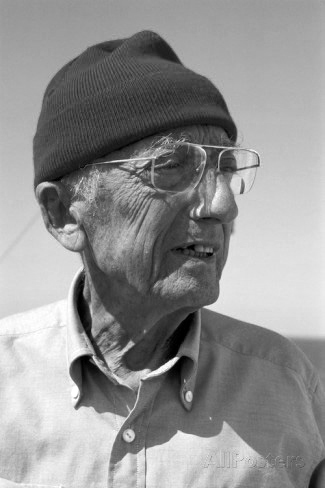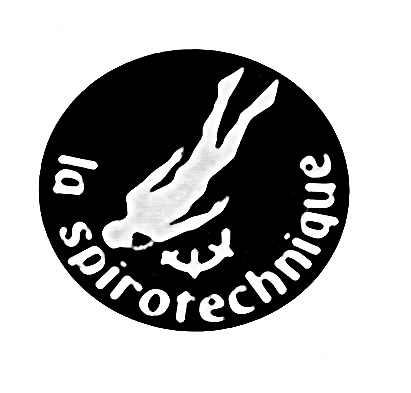In 1946, the important French company Air Liquide founds La Spirotechnique, appointed to produce the precursor of all automatic diving regulators as we intend today, the CG45 model, designed by Jacques-Yves Cousteau and by Eng. Emile Gagnan.

This last one was an engineer working at Air Liquide, for which he modified the regulator with continuous flow invented in 1860 by Rauquayrol-Denayrouze for the gas manufacturing process, from which the CG45 comes from. For almost ten years, besides few other diving items, the company, which first president was Cousteau, produces only this regulator with its two distinctive corrugated hoses, sold in the USA and other Countries with the name of Aqua-Lung.
In 1952, it launches its first single-hose double-stage regulator named Crystal, later renamed in Aquamatic with its modified version for the overseas markets. In 1955, Mistral appears, a CG45 evolution addressed to conquer the world. La Spirotechnique grows larger, with the expansion of a very active market and, in 1962, it begins to produce the Calypso diving camera, always designed by Cousteau and engineered by the Belgian Jean de Wouters. Afterwards, it will be given to Nikon to become Nikonos. In 1963, Mistral leaves the path to Royal Mistral and, in the same year, to Aquilon single-hose double-stage regulator, two regulators due at the top of the technology. Next, the Inject series follow born Technisub and the other very long series of the Spiro name, while in the light range we found Aqualux, Aquaflash, Superaquaflash.
In the professional field, the company has been the precursor proposing, since 1956 the Trialu tri-bottle set in aluminum, followed by other special equipment and, at the beginning of the ‘70s the EIP 5 integral helmet for deep diving. La Spirotechnique’s success continues until today under the name of Aqua Lung.
